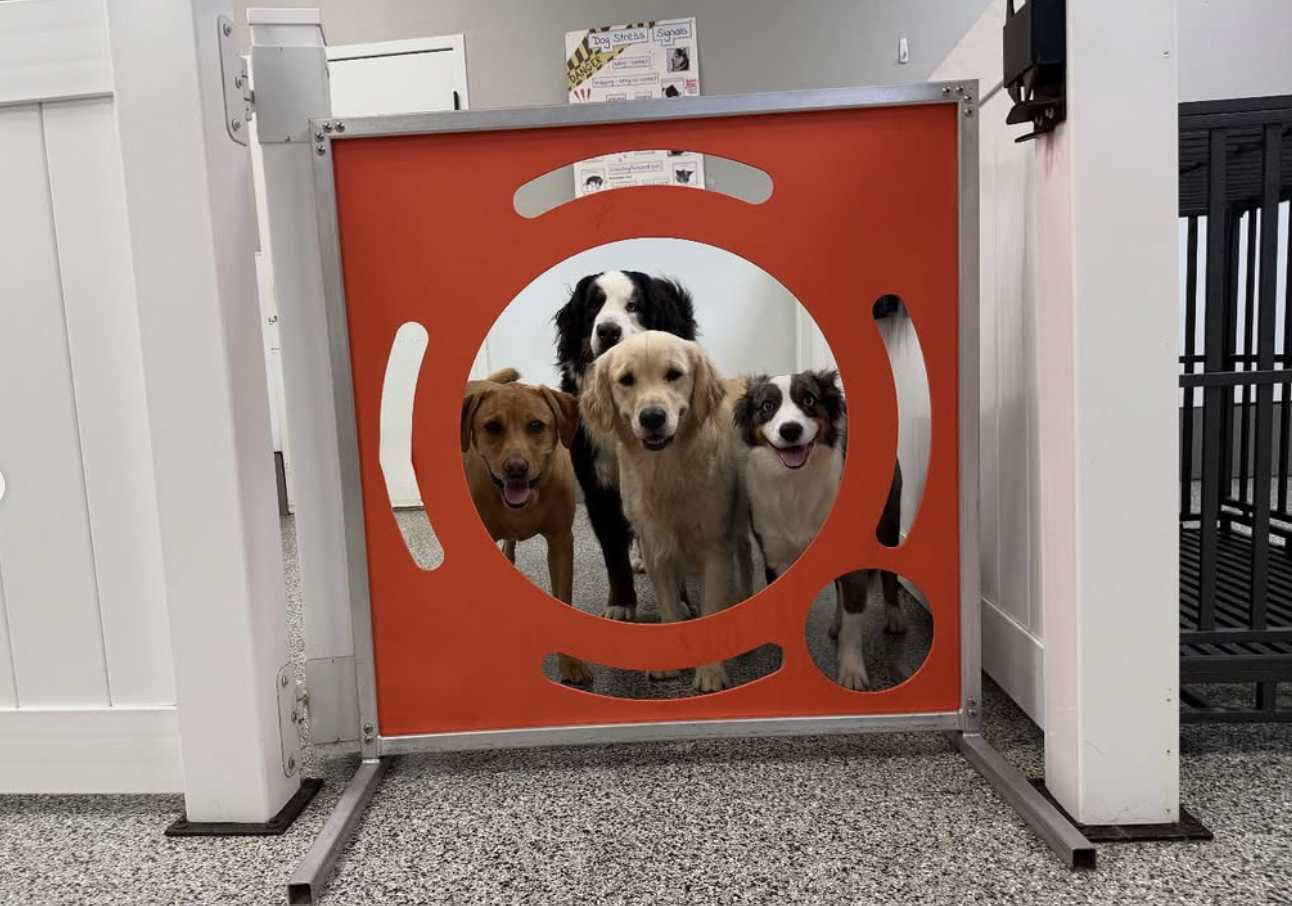Pet-care professionals know that trust is everything. Pet parents rely on you to provide safe care, clear communication, and timely updates about their pets. But even the most attentive business can run into a major challenge: clients not seeing the messages you send. Whether you’re sharing vaccine reminders, booking confirmations, grooming updates, or new-service announcements, your communication efforts fall flat if they end up in spam folders or lost in the Promotions tab.
Deliverability issues can lead to missed appointments, confusion, and unnecessary customer service work. Fortunately, there are reliable ways to improve inbox placement and ensure your messages look legitimate, professional, and worth opening. This guide walks pet-care business owners through the most effective strategies for keeping communications out of spam filters and in front of the people who need them.
1. Improve Email Deliverability and Avoid Spam Filters
Use a Professional Business Email
If you’re still sending messages from Gmail or Yahoo, switching to a domain-based email address (such as hello@yourbusinessname.com) immediately boosts credibility. To strengthen this even further, set up SPF, DKIM, and DMARC records to authenticate your messages and protect your brand from spoofing.
Warm Up New Domains
Since email providers scan domains (your website URL) for legitimacy and authenticity, domain reputation is a big factor in email deliverability. Avoid sending large email batches from a new domain. Instead, begin with small, consistent sends to gradually build a positive sender reputation.
Avoid Spam Trigger Words
Words commonly associated with aggressive sales tactics can automatically flag your emails as suspicious. Avoid:
- Free
- Act now
- Urgent
- Guaranteed
- Save big
In the pet-care industry specifically, try using terms like “complimentary” instead of “free” and “exclusive for returning clients” in place of “special deal.”
Balance Text and Images
Emails with too many graphics, links, and bold call-to-action buttons often land in the Promotions folder. Keep your messages clean and balanced by using only one or two images and focusing more on text than visuals.
Keep Your Recipient List Clean
Regularly remove inactive subscribers, outdated email addresses, and contacts who haven’t engaged in years. A well-maintained email list leads to better overall deliverability.
Ask Clients to Whitelist Your Email
At onboarding, in receipts, or in confirmation messages, encourage clients to add your business email to their contacts.
A simple line works well: “Please add hello@yourbusinessname.com to your contacts so you never miss an update.”

2. Write Subject Lines That Look Trustworthy and Encourage Opens
The best subject lines for pet-care businesses feel personal, timely, and directly related to the pet or service.
Examples include:
- “[Pet Name]’s Upcoming Appointment”
- “Update Regarding Your Reservation”
- “Important Information for Your Visit”
- “Welcome to [Business Name]”
Avoid overly promotional subject lines or anything in all caps. These tend to trigger spam filters and reduce client trust.
3. Choose the Right “From” Name and Email Address
Clients are more likely to open messages when they clearly recognize the sender. A friendly, professional hybrid is ideal, such as:
- “Sarah at Happy Paws Pet Resort”
- “Wash 'n' Wag Grooming Team”
- “Your Boarding Team at [Business Name]”
Avoid no-reply addresses and generic inboxes like info@ or sales@, which can feel impersonal and raise suspicion.

4. Improve SMS Deliverability
Mobile carriers actively block text messages that appear promotional or automated, so it’s important to follow best practices.
Avoid High-Risk Words and Formats
To prevent filtering, avoid:
- “Free”
- “Click here”
- Excessive punctuation
- All caps
- URL shorteners such as bit.ly
Keep Text Messages Clear and Transactional
Utilizing SMS communications is an excellent way to alert pet parents about important updates, confirmations, or changes.
Appointment reminders, boarding updates, grooming notifications, and confirmations deliver very well because carriers categorize them as informational. Examples include:
“This is Happy Paws confirming Daisy’s daycare reservation for tomorrow.” and “Your groomer at [Business Name] has an update for Luna.”Note: Always ensure clients have opted in to receive SMS messages! Review our help article on text message opt-in/opt-out for more details.
5. Write Client Communications That Build Trust
Personalization goes a long way. Use pet names, client names, appointment details, and relevant instructions whenever possible. This not only increases engagement but also signals legitimacy to email providers.
Keep your tone clear, friendly, and professional. Clients appreciate messages that provide value, not hype. Gingr makes it simple to add personalization to every email, even when you're using a canned email template. This saves your staff time without your messaging sounding cold and information.

6. Include Trust Signals in Every Message
Small details help validate your credibility and reassure clients that the message is authentic. Include:
- Business logo
- Physical address
- Website URL
- Social media links
- A contact phone number
These elements also help you comply with email marketing regulations.
7. Send Core Messages That Clients Expect
Certain communications not only support smooth operations but also contribute to strong engagement rates, which improves your sender reputation and deliverability.
Examples include:
- Appointment confirmations
- Upcoming visit reminders
- Boarding or daycare preparation instructions
- Policy updates
- Thank-you messages after visits
Operational emails rarely trigger spam filters and help establish consistent, reliable communication patterns.

Send the Right Message to the Right Person at the Right Time (and Make Sure it's Read!)
Clear, reliable client communication is essential for building trust, reducing no-shows, and delivering exceptional pet care. By using professional email practices, choosing trustworthy subject lines, maintaining clean contact lists, and sending timely, personalized messages, pet-care businesses can significantly improve deliverability and ensure important information reaches pet parents when they need it.
With Gingr, these best practices become even simpler. Gingr’s integrated email and SMS tools, automated reminders, customizable templates, and built-in marketing features help you communicate effortlessly with clients while keeping your messages professional and consistent. Book a demo today!
Subscribe to the Gingr Blog






